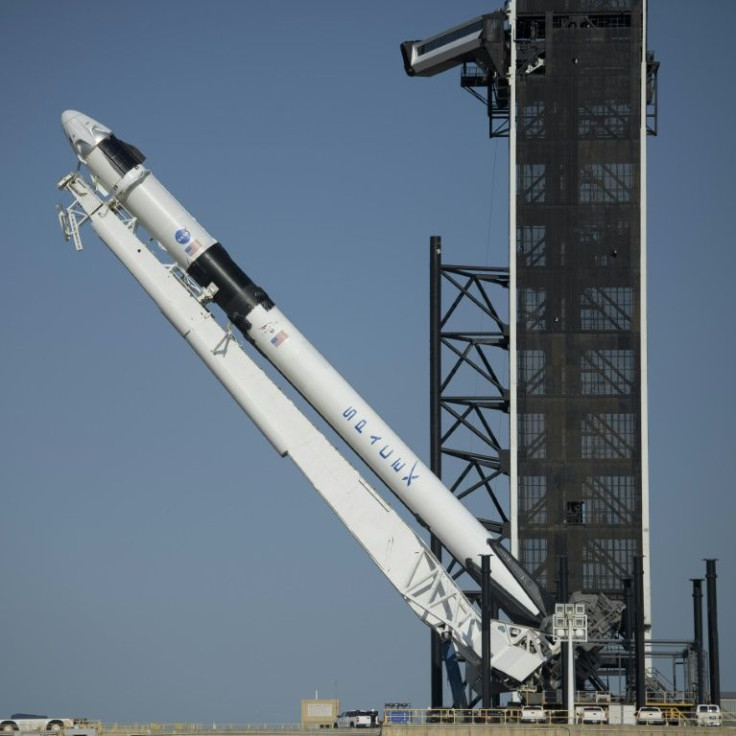Video Shows Rocket’s Nose Separating From SpaceX’s Falcon 9 [WATCH]

KEY POINTS
- SpaceX's video shows the nose fairing separating from the Falcon 9 rocket
- The footage was taken during the recent launch of Starlink satellites
- SpaceX designed the fairings to be reused for upcoming launches
SpaceX has released a new video showing the moment when the nose of the Falcon 9 separated from the rocket shortly after it was launched. The footage came from the recent launch of SpaceX’s new batch of Starlink satellites.
On June 4, SpaceX launched 60 Starlink satellites into low-Earth orbit using its Falcon 9 launch vessel. With the latest launch, SpaceX now has almost 500 satellites orbiting Earth.
For the launch, SpaceX equipped the Falcon 9 rocket with a nose fairing that is shaped like a cone. The fairing is designed to separate from the rocket shortly after takeoff in preparation for the deployment of the payload.
In a new video uploaded by SpaceX on YouTube, the fairing can be seen splitting apart into two halves. The two portions of the fairing then move away from Falcon 9’s upper stage as it continues to fly into space.
As soon as the fairing halves move away from the rocket, Falcon 9’s payload, which appears as stacks of Starlink satellites, is exposed. As explained by Space.com, the fairing halves are programmed to detach from the launch vessel about three minutes after takeoff.
As part of SpaceX founder Elon Musk’s plan to make reusable rocket parts and vessels, the company’s fairings are equipped with parachutes and steering thrusters. These enable the components to fly safely back to Earth. SpaceX then catches the fairing halves before they hit the ocean using nets mounted on its retrieval ships Ms. Tree and Ms. Chief.
As noted by Musk, reusing components of SpaceX’s vessels saves the company a lot of money. Each half of the fairing, for instance, costs about $6 million.
Last year, SpaceX’s vice president of build and flight reliability Hans Koenigsmann discussed how the company reuses many of its rocket components and spacecraft.
“Currently we use our boosters 10 times, they’re designed for 10 times,” he said according to Spaceflight Now. “We’re going to start with a fourth time with the next launch, actually. Dragon has been used three times, Crew Dragon will be used up to five times. So all these things help because you don’t have to build something again.”
© Copyright IBTimes 2025. All rights reserved.





















